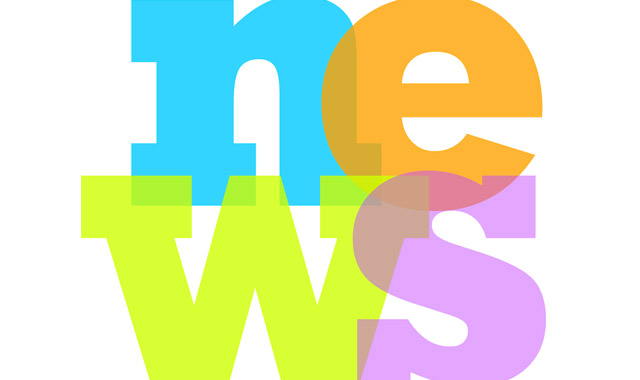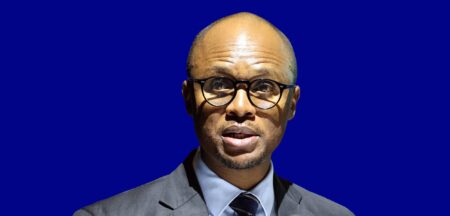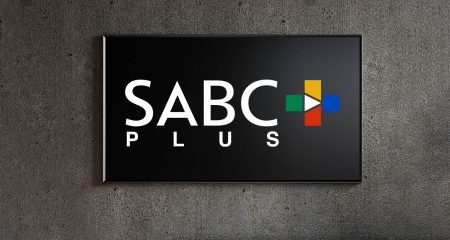
We’ve all seen the polls and their (widely varying) predictions for Wednesday’s municipal elections. But what are the people really thinking? What are they saying? How much of this public conversation is generated by media coverage, and is each party accordingly being given its fair share?
In short, are voters being given the full and accurate picture ahead of Wednesday?
BrandsEye, the South African-based global media analytics company that collects data from digital and traditional media sources and uses human and computer processing to reach social data accuracy levels of up to 97%, has found that the answer to that question is “not really”.
If the Democratic Alliance thought it was getting a raw deal from the SABC — about which the party loudly complained — it should think again: the real culprit and leader in projecting pro-ANC bias is the Gupta-owned ANN7 news channel.
The SABC’s election coverage more or less mirrors that of the other online media organisations in volume distribution. And all media are covering the ANC disproportionately more than other political parties.
If you thought Julius Malema and his Economic Freedom Fighters are viewed by most social commentators in a negative light, you’d be wrong.
A startling fact emerging from this research is that in ANN7’s South Africa, Malema and his party barely exist. While the party gets some mention from ANN7, Malema gets none. In contrast, ANN7 gives by far the most coverage of any of the media outlets surveyed to President Jacob Zuma and the ANC.
A comparison of citizen posts on social media with online media coverage shows that while the three main political parties were each receiving almost similar levels of mentions on both platforms, the ANC received more online media coverage and the other two parties received more mentions from private citizens.
The ANC received 59% online media mentions versus 50% citizen mentions, while the EFF received 11% online media mentions and 15% citizen mentions, and the DA received 30% online media and 35% citizen mentions.
If media coverage is generating citizen conversations, this speaks directly to the fairness or bias involved in media coverage, and the suggested bias here seems to favour the ANC and Zuma.
In June, the DA said it was considering legal action against the SABC after saying the ANC received disproportionately higher coverage than other political parties. It said the ANC had received nearly three times more coverage than the DA and four-and-a-half times as much coverage than the EFF.
However, among the online media organisations monitored by BrandsEye — SABC, IOL, News24, TimesLive, BDlive and ANN7 — it is ANN7 which devoted the highest coverage to the ANC at 68%, with TimesLive and News24 jointly second at 60% each and the SABC third only with 59%. This includes both negative and positive coverage.
In the case of ANN7, most of its coverage of the ANC was positive. The DA received its highest coverage, but most of it negative, from IOL, which is often perceived to be “pro-ANC”. Out of the six online media entities, News24, TimesLIVE and ANN7 paid the least attention to the DA, while the EFF received its lowest coverage from ANN7 at a mere 4% and it highest coverage from the SABC, IOL and News24 at 13% each.
As far as party leaders go, Zuma received almost the same coverage as his party from the media, with Maimane receiving slightly less coverage than his party, and Malema receiving almost double the coverage his party received. The odd one out was once again ANN7, whose coverage of Zuma towered over the rest at 71%, but which made no mention of Malema at all.
It would appear that while the SABC stands accused of being the ANC and Zuma’s mouthpiece, its reporting on both political parties and their leaders is more or less on par with other media, except for ANN7. It is the latter, rather than the SABC, that seems to be guilty of having the highest pro-ANC bias in its coverage.
- Stef Terblanche is political analyst at BrandsEye




